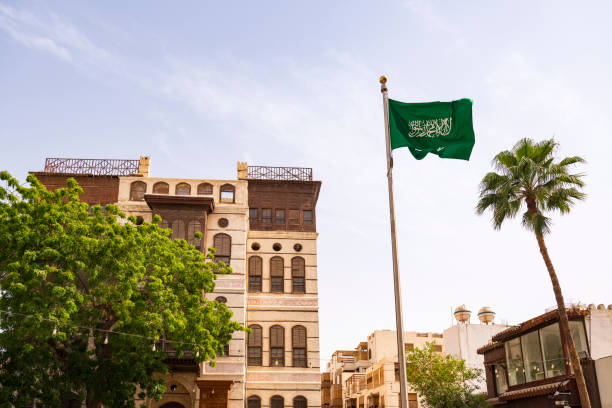A consortium led by ACWA Power and Aramco Power has agreed to invest $8.3 billion to develop 15 GW of solar and wind energy across Saudi Arabia. This marks a major milestone in the kingdom’s energy transition, and here are the key developments and broader implications.
Under the investment plan, the consortium will build five solar farms and two wind farms in four regions, Riyadh, Mecca, Medina, and Aseer. These projects are part of the state’s power purchase programme, with operations expected by 2028. A general estimate suggests each gigawatt of capacity could serve about one million homes, meaning this rollout will have a major impact on domestic electricity supply .
Renewables Ambitions Gaining Momentum
Saudi Arabia currently relies almost entirely on oil and gas-fired plants for electricity. The nation had roughly 4.34 GW of solar capacity by the end of 2024, but aims to reach 130 GW of solar and wind capacity by 2030. This rapid expansion aligns with Crown Prince Mohammed bin Salman’s Vision 2030 strategy, which seeks to produce half of the country’s power from renewables by the end of the decade and achieve net-zero carbon emissions by 2060.
The Saudi government has described these power purchase agreements as “among the world’s largest” and secured at “the lowest global prices”. The success of these competitive tenders reflects the maturity of Saudi finance and project models, and growing investor trust in the Kingdom’s infrastructure. It also demonstrates how heavily project economics depend on the ability to keep financing costs low and deploy capital at scale.
ACWA Power’s Regional Expansion
ACWA Power, with its base in Riyadh, has a portfolio spanning 14 countries across the Middle East, Africa, and Asia. The company is now entering China, the world’s largest renewables market—a strategic move given trade tensions with the US. Beyond its existing regional projects, ACWA’s involvement reflects Saudi Arabia’s ambition to project soft influence globally through exportable energy development expertise.
This deal supports a broader Gulf trend. The Middle East is now the fastest-growing renewables market outside of China, leveraging abundant sunlight and declining solar costs. The UAE’s Masdar has pledged a $6 billion solar-plus-storage plant, while Saudi Aramco has plans to enter the battery-grade lithium market by 2027. Together, Gulf states are reshaping energy policy, freeing hydrocarbons for export while boosting domestic energy efficiency and climate credibility.
This sweeping investment signals Saudi Arabia’s increasing shift towards leveraging clean energy as both an economic and geopolitical asset. By developing solar and wind fleets domestically and exporting expertise through firms like ACWA, Saudi Arabia advances multiple goals: decarbonisation, economic diversification, and influence in the global energy arena. These renewables deals offer a clear example of how energy transition can serve as strategic leverage, not just climate policy.
Grid Integration and Long-term Challenges
Despite the scale of investment, one major missing piece is infrastructure. Many Gulf power networks were designed for steady, base-load fossil fuel plants, not the intermittent output of renewables. Upgrading transmission, deploying energy storage, and balancing variable output will be essential. Analysts caution that the transition hinges not just on capacity, but on smart grid integration and regulatory reform.


